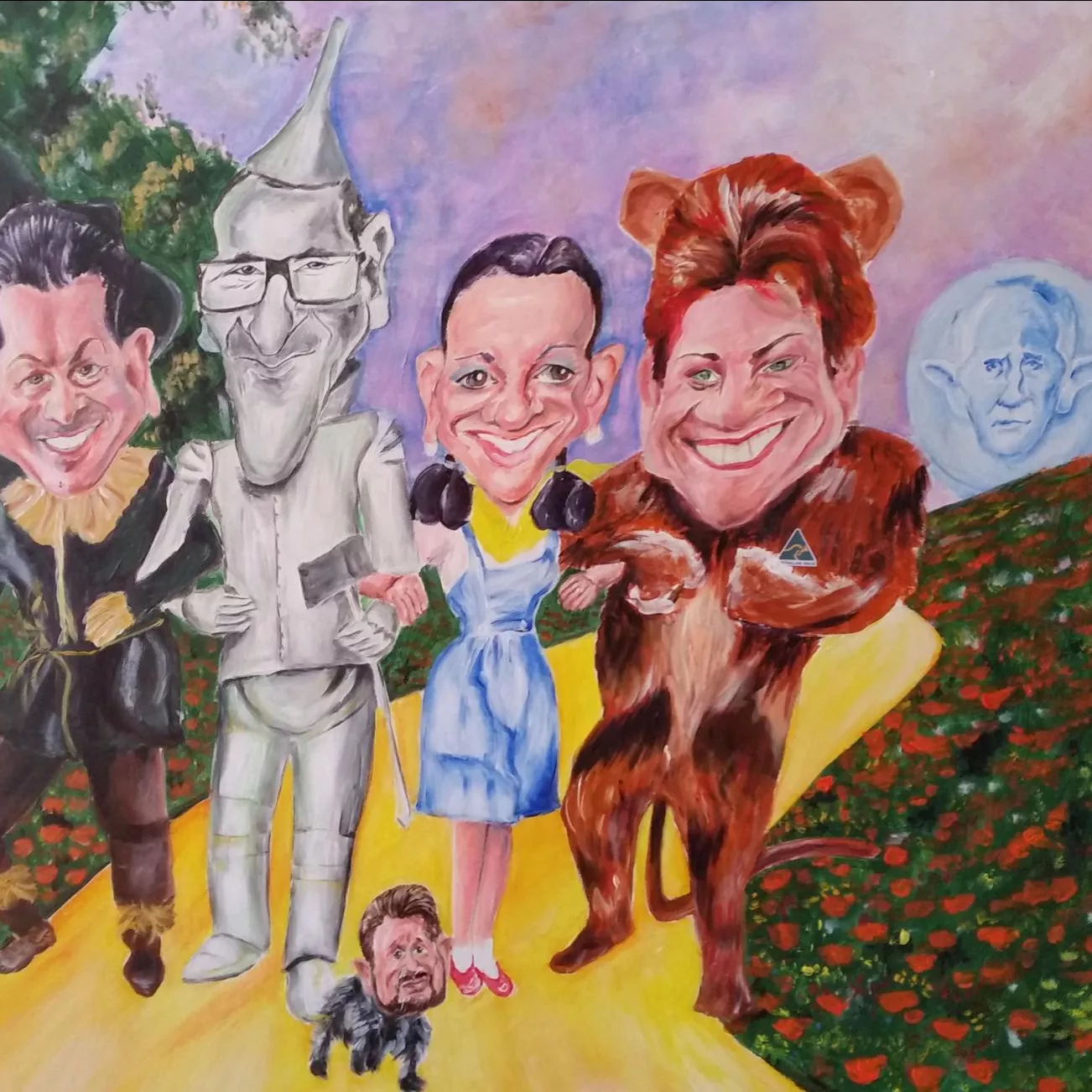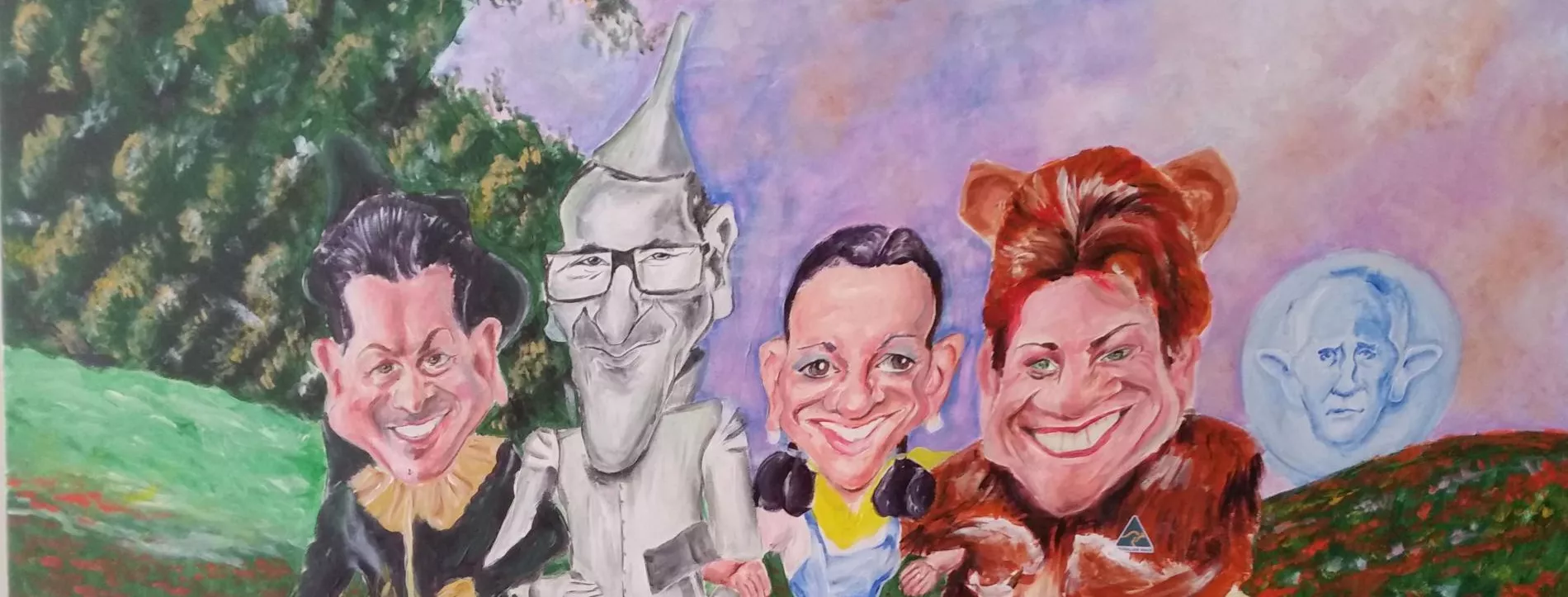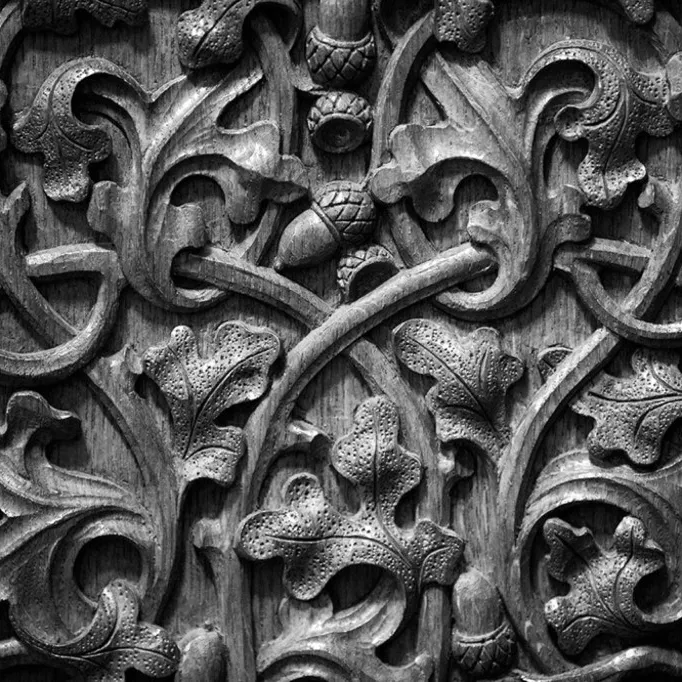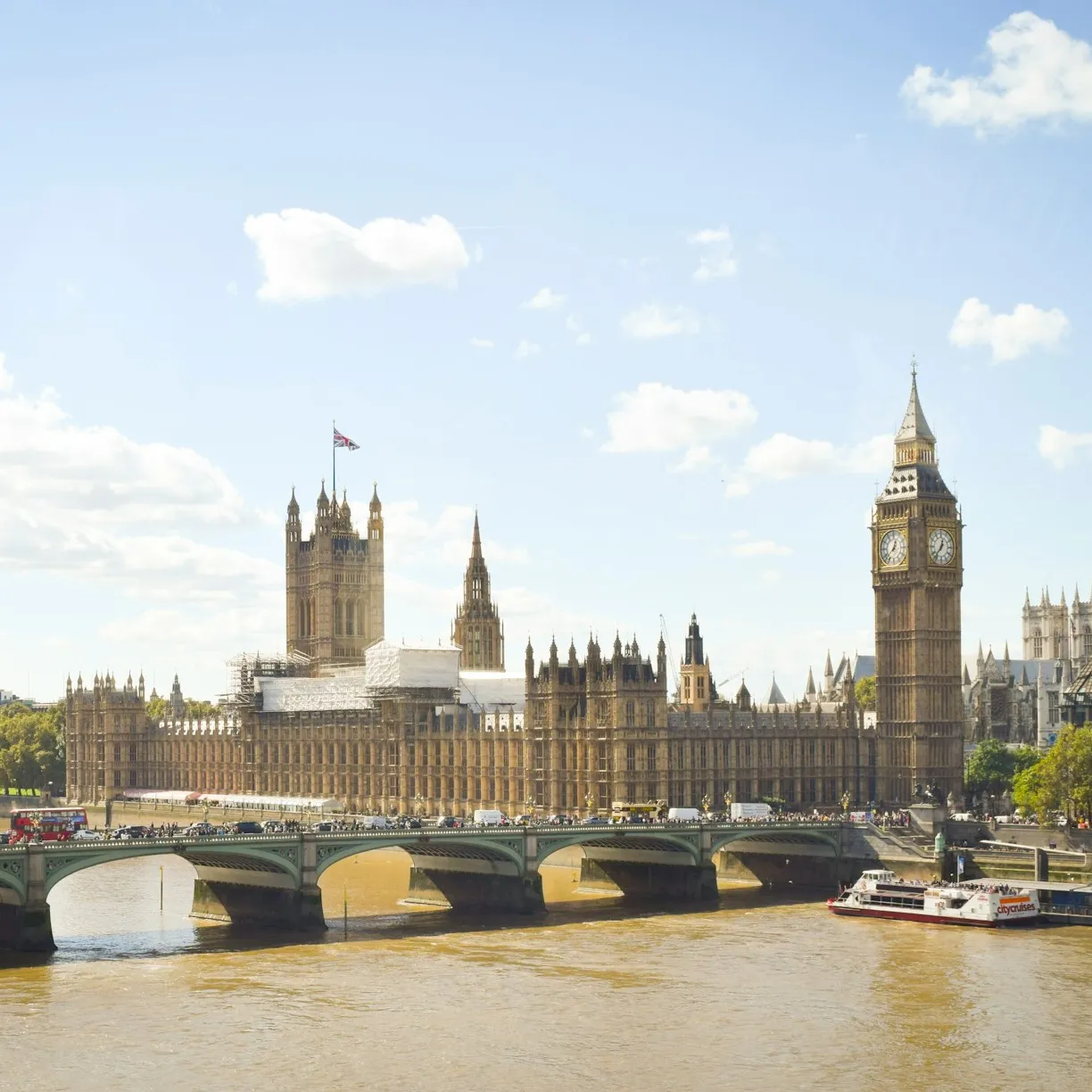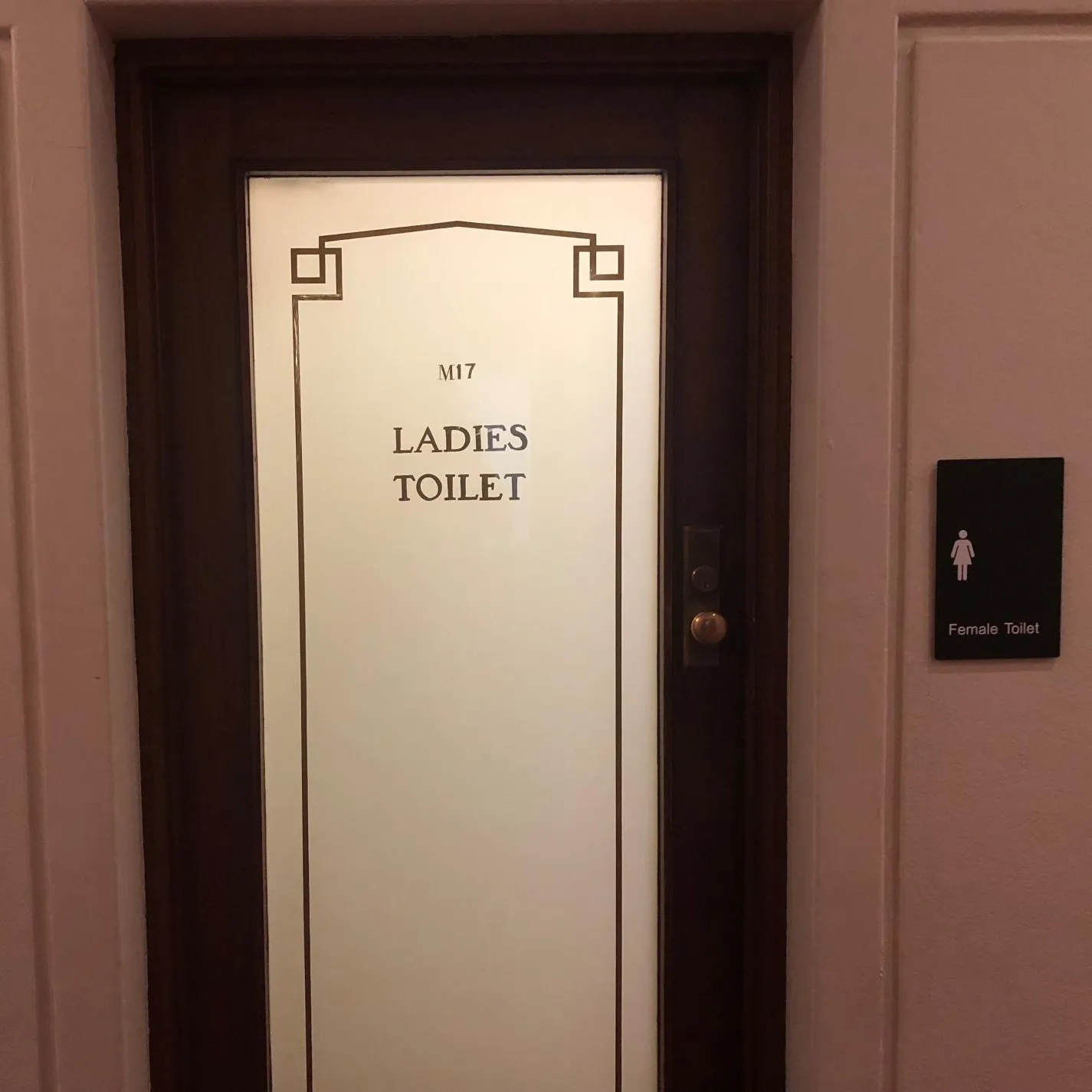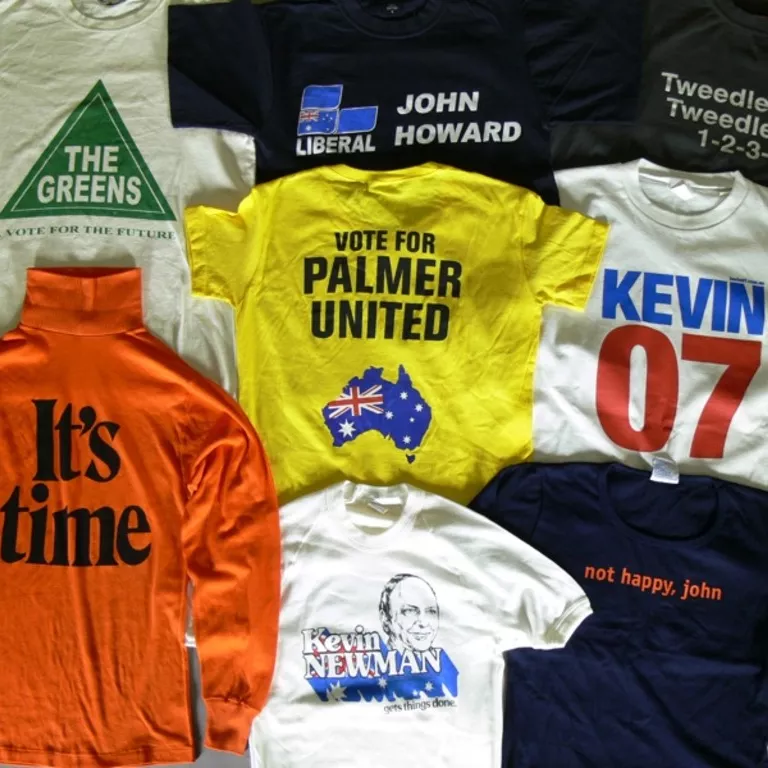Seven politicians that famously switched sides
- DateTue, 23 Mar 2021
Almost every politician elected to the Australian Parliament is a member of a political party.
Independents are rare, due in part to the difficulties of getting elected without a party organization to provide funding and support. But not everyone who gets elected stays a representative of their party. Switching sides is always a big deal and at times has actually changed the course of the country and its government.
Here are seven examples of politicians who jumped ship.
Billy Hughes 1916–17
Billy Hughes was a Labor man from the 1890s, having cut his teeth as a socialist speaker and union organiser. He rose rapidly through the Labor ranks and was unanimously elected as leader in 1915.
Hughes famously split from his party in 1916 when the party expelled him over his support for conscription in World War I. He formed the Nationalist Party with his former opponents and continued in office while Labor languished in opposition.
After his time as prime minister ended, Hughes was expelled from the Nationalists and the United Australia Party (twice), ending his career as a Liberal.
At his 90th birthday, Prime Minister Robert Menzies remarked that at one time or another, Hughes had been a member of every party. 'Not the Country Party!' interjected Arthur Fadden, that party’s leader. 'No,' replied Hughes, 'I had to draw the line somewhere.'
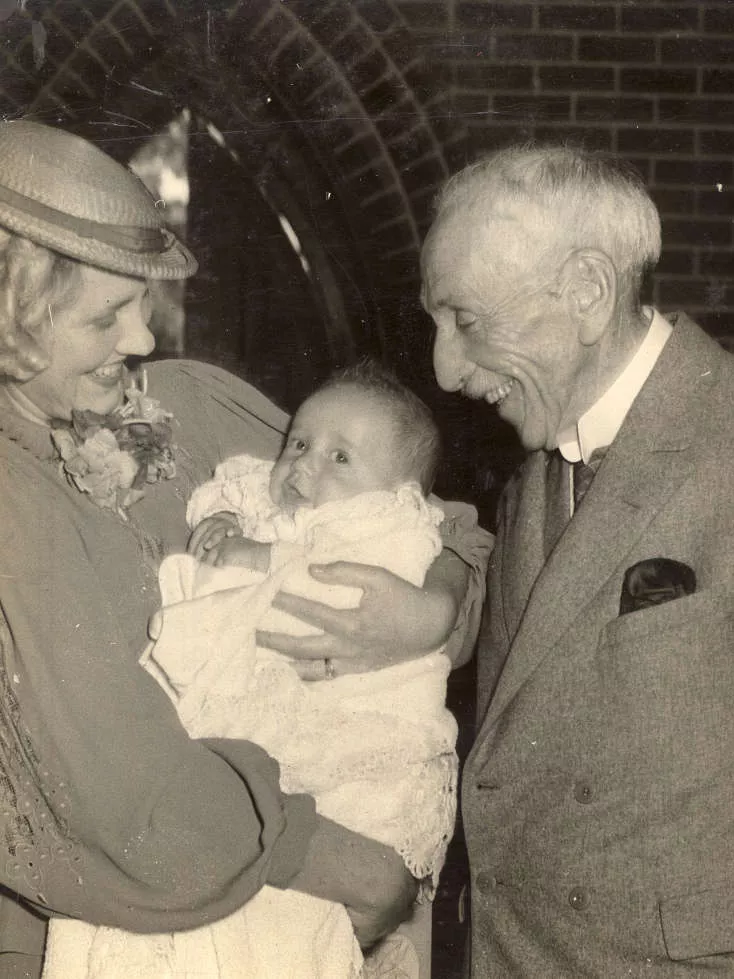
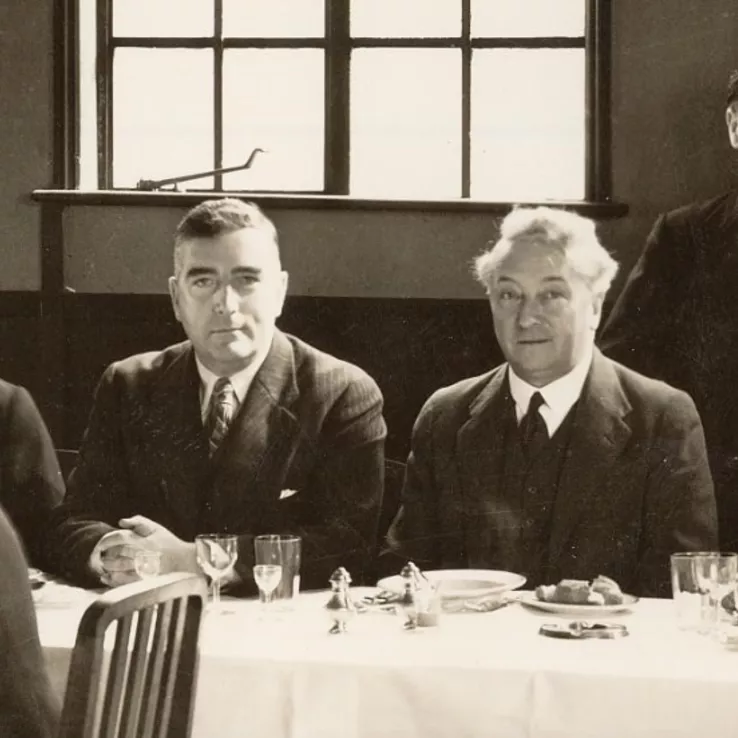
Joseph Lyons 1931
Joseph Lyons had been Labor Premier of Tasmania from 1923 to 1928, and in 1929 stood as a star recruit for the House of Representatives. His experience in government meant he immediately became a minister in the Scullin Labor government.
During the Great Depression, conflicts over economic policy led Lyons to fall out in a very public and ungracious way with Jim Scullin and his party. Lyons became leader of the United Australia Party, which opposed Labor and became the Opposition.
In December 1931, the UAP won a landslide victory. Lyons became prime minister on a surge of popular goodwill and would go on to win two more elections before his death in office in April 1939.
Despite his origins in Labor, Lyons is remembered for his influence on the non-Labor side of politics. In forming the UAP, he sowed the seed for the formation of the Liberals some years later, and is recognized as a conservative icon, with his Labor past all but forgotten.
Pauline Hanson 1996–97
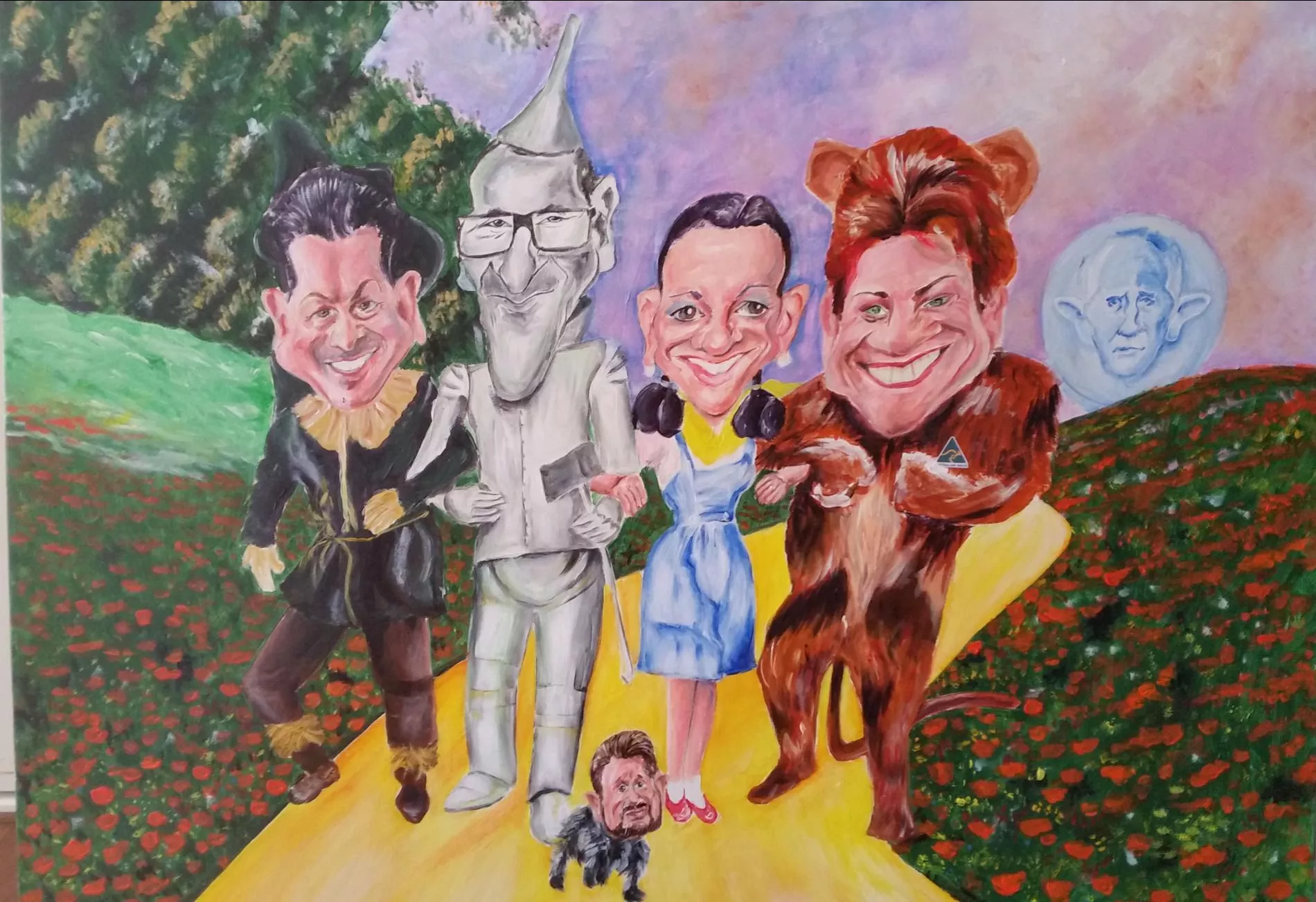
This painting by Mark Tippett depicts the politically-diverse Senate crossbench after the 2016 election. Both Jacquie Lambie and Pauline Hanson (shown here as Dorothy and the Lion from the Wizard of Oz) managed to have key roles in the senate balance of power, a position neither would have been in if they’d stayed in their original party. The painting also shows Nick Xenophon (the Scarecrow), Greens leader Richard di Natale (Tin Man) and Derryn Hinch (Toto), with Prime Minister Malcolm Turnbull in the background. Credit: MoAD collection.
The Liberal Party disendorsed Liberal candidate Pauline Hanson in 1996 for her views on the abolition of special aid to Indigenous Australians.
In 1997 Pauline Hanson’s One Nation party launched. One Nation won around 8% of the vote at the federal election of 1998, and elected only a single Senator. Hanson herself lost her seat in parliament, and it seemed for a time the party was over.
After a period in prison, and time in and out of One Nation, Hanson was elected to the Senate in 2016 along with three other One Nation candidates. Hanson’s party switch, albeit one imposed on her, turned out to be the best move of her career.
Jacqui Lambie 2014–15
Another former independent, Jacqui Lambie’s career was aided twice by a switch to a different party colour. A former Australian Army corporal, Lambie was a member of the Labor and Liberal parties in Tasmania before deciding to enter politics as an independent. Choosing to seek a position in the Senate, Lambie had to sell her house to raise the money to run, but found an unlikely savior in businessman Clive Palmer.
Palmer had launched his new Palmer United Party and was looking for candidates, an offer Lambie willingly accepted. She was elected to the Senate at the election of 2013, joining three other PUP senators, along with Palmer himself in the Lower House.
Initially part of a crossbench holding the balance of power, clashes between the PUP members led to its disintegration. Lambie was the first to leave, resigning on 24 November 2014, less than a year into her term. She continued in the Senate as an independent, but in April the following year registered her own party, the Jacqui Lambie Network. Her former PUP colleague Glenn Lazarus took a similar tack when he resigned from the party in March 2015, forming the Glenn Lazarus Team.
Under her party’s banner, Lambie was re-elected in the double dissolution of 2016 (Lazarus was not) with 8% of the vote. Unfortunately for Lambie, she was found to be ineligible for office in 2017, being a dual British/Australian citizen. After a year out of politics, Lambie returned to the Senate in 2019, again under the JLN flag.

Cheryl Kernot 1997
While it’s not unheard of for a politician to change parties, it’s very rare for a party leader to do so. In October 1997, Senator Cheryl Kernot, leader of the Australian Democrats, shocked the political world when she defected to Labor. Kernot cited her opposition to the Howard government and her desire to do more as the key factor in her decision.
Years later, it was revealed a relationship between herself and Labor’s Gareth Evans may also have influenced her. Kernot was the party’s star recruit going into the 1998 election and while she won the seat of Dickson and immediately served on Labor’s front bench, in 2001 she was defeated for re-election and left politics.
Bob Katter 2001–11
Always a maverick, the famously loquacious and controversial Bob Katter Jr had a family history of party-switching. His father, Bob Katter Sr had been a member of the Labor Party in the 1950s, before falling out with them during the aforementioned Split and joining the Country Party.
Katter Jr followed in his father’s footsteps, being a National Party member of the Queensland Parliament, a minister in the Coalition state government and, from 1993, the Nationals federal member for Kennedy.
Katter increasingly felt out-of-place in the Nationals and the Coalition and was often at odds with party leadership on social and economic issues. In 2001, Katter resigned from the National Party to run for Kennedy as an independent.
He won, and was easily re-elected in 2004, 2007 and 2010. After the 2010 election he was one of the rural independents who determined the minority government in the hung parliament – Katter backed the Coalition, as opposed to his colleagues Tony Windsor and Rob Oakeshott, who backed Labor.
In 2011, Katter made headlines yet again when he launched his new party, Katter’s Australian Party. At the 2012 Queensland election, Katter’s party won two seats, and increased that number to three in 2017. While small, the party has wielded influence in Queensland rural politics, and as of 2020 are the third-largest party in the Legislative Assembly.
Katter, under his own banner, was re-elected to parliament three more times. In February 2020, Katter relinquished leadership to his son, Robbie.
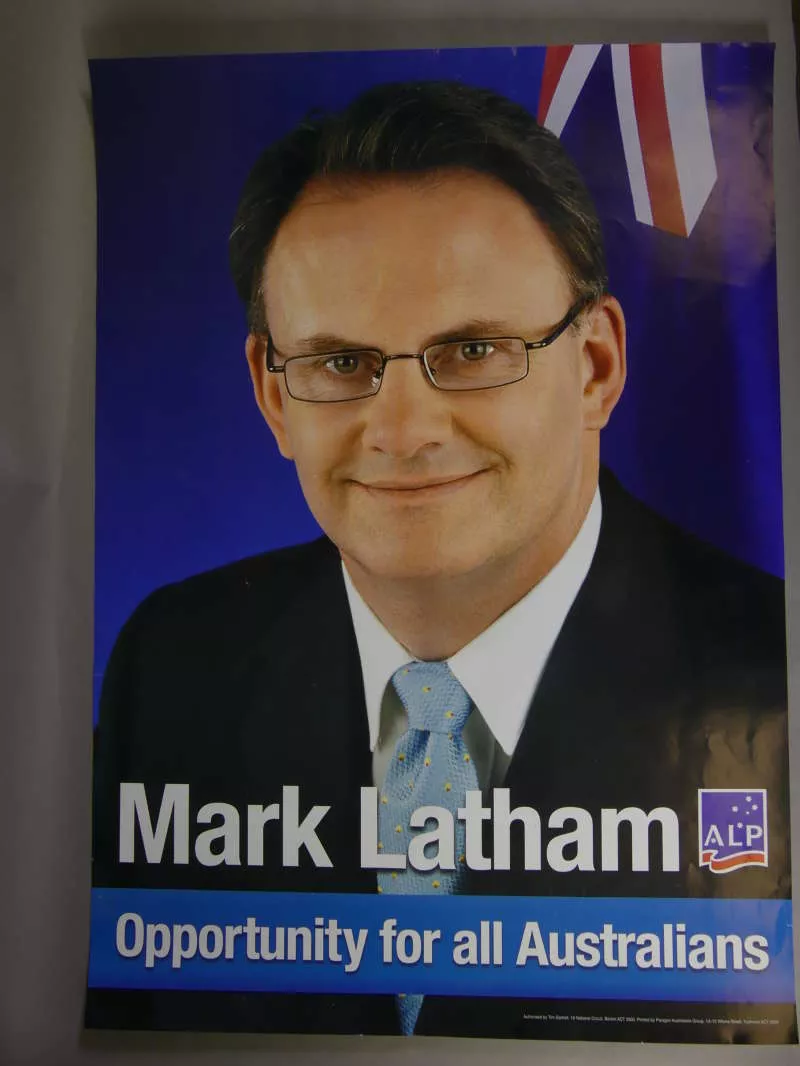

Mark Latham 2018
Until 2019, the only Labor leader to have gone on to seek office with another party was Billy Hughes. More than a century later, Mark Latham followed in Hughes’ wake. In and out of the Labor front bench throughout the 90s, Latham’s star began to rise in 2003 when he was made Shadow Treasurer, and only months later was elevated to the leadership.
Initially Latham’s brashness and reformist zeal was politically popular, and polls consistently showed him leading Prime Minister John Howard as the 2004 election drew closer. Throughout the campaign, questions on Latham’s experience and character threatened his lead, and by election day his position was far from secure.
At the election, Labor lost seats to the Coalition, and Latham resigned a few months later, citing his health and family as his reasons. Increasingly critical of Labor, the publication of Latham’s diaries in 2005 alienated him further from his old party.
He wrote columns critical of both Labor and the Coalition, hosted a Sky News program and made a second career as a commentator, with views often quite at-odds with the policies of his old party.
Finally in 2018, after a brief flirtation with the Liberal Democrats, Latham announced he was joining One Nation, and that he would be the party’s leader in New South Wales.
The following year he was elected to the NSW Legislative Council for One Nation, making him not only one of a very small number of leaders to switch parties, but one of the few federal politicians to go into state politics.

